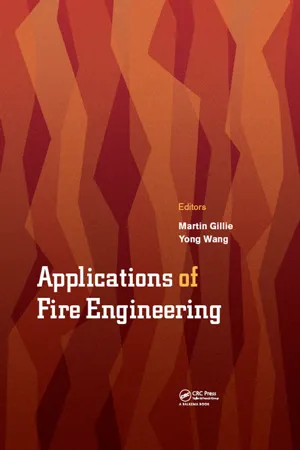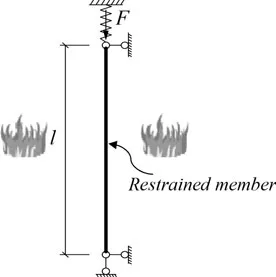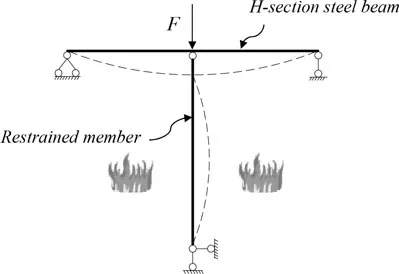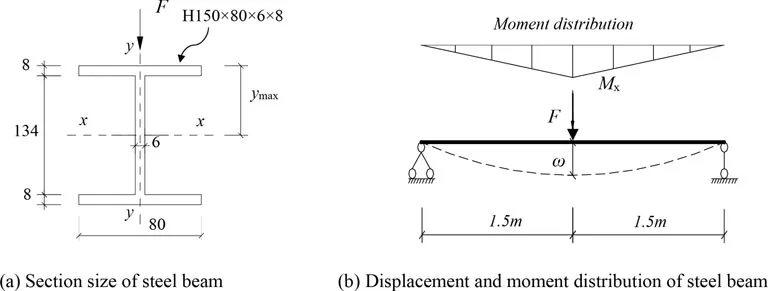
Applications of Fire Engineering
Proceedings of the International Conference of Applications of Structural Fire Engineering (ASFE 2017), September 7-8, 2017, Manchester, United Kingdom
Martin Gillie, Yong Wang, Martin Gillie, Yong Wang
- 404 páginas
- English
- ePUB (apto para móviles)
- Disponible en iOS y Android
Applications of Fire Engineering
Proceedings of the International Conference of Applications of Structural Fire Engineering (ASFE 2017), September 7-8, 2017, Manchester, United Kingdom
Martin Gillie, Yong Wang, Martin Gillie, Yong Wang
Información del libro
This book holds the proceedings of the Conference on Applications of Structural Fire Engineering (ASFE 2017), held on September 7-8, 2017, in Manchester, UK. The ASFE'17 conference will be the next in a series (2009, 2011, 2013, 2015) of successful conferences that aim to bring together experts and specialists in design against fire from all over the world to share ideas and to acquire knowledge in the field of structural fire engineering. Practice in structural engineering increasingly accepts the benefits of performancebased approaches to the design of structures for fire resistance. This conference will focus on the application of design methods, both manual and computational, for structures to resist fire. Particularly relevant themes will be fire modelling, simulation of the heat transfer between fire and structures, and modelling of structural behaviour at elevated temperatures using numerical methods or software implementations of design codes.
Preguntas frecuentes
Información
(1) |



Índice
- Cover
- Half Title
- Title Page
- Copyright Page
- Table of Contents
- Preface
- Sensitivity of resistance of cold-formed steel tubular columns to elevated temperature mechanical properties
- Fire performance of CFRP strengthened cold-formed steel tubular columns
- Sensitivity of elevated temperature load carrying capacity of thin-walled steel members to local imperfections
- High-temperature properties of aluminum alloy EN6082AW T6
- A manual calculation method for the check of the fire resistance of concrete columns subjected to a standard fire
- Fire design of continuous concrete filled steel tubular column for a multi-storey building
- Performance-based fire design of a 14-story residential mass timber building
- Influence of heating rate and thermal incompatibilities on the test results of concrete cylinder specimens with polypropylene fibres under heating
- To fire resistance of the steel and fibre-reinforced concrete circular hollow section column
- Fire resistance of axially restrained and partially unprotected Ultra Shallow Floor Beams (USFB®) and DELTABEAM® composite beams
- Behaviors of axially restrained tubular members under fire—part 1: A novel test set-up
- Behaviors of axially restrained tubular members under fire—part 2: Experimental study
- Robustness index for steel portal frames against fire-induced progressive collapse
- Fire safety of high-rise residential buildings: Scope of fire engineering and comparison between UK and Turkish practice
- Comparative fire analysis of steel-concrete composite buildings designed following performance-based and US prescriptive approaches
- Fire resistance of reinforced concrete columns: A systematic review
- Reviewing the veracity of a zone-model-based-approach for the assessment of enclosures formed of exposed CLT
- Numerical investigation of intumescent ‘coatback’ on unprotected secondary beams
- Numerical simulation of fire-resistance test
- Meta-analysis of UK, USA and New Zealand fire statistics databases with respect to damage and financial loss
- Effect of upgrading concrete strength class on fire performance of reinforced concrete columns
- A 2D beam element for the analysis of flexural buckling of steel structures at elevated temperatures
- Improving fire resistance of existing concrete slabs by concrete topping
- The effect of vertically travelling fires on a multi-storey steel frame building
- A method for hybrid fire testing: Development, implementation and numerical application
- Computational study of the 2D thermal response of high-strength structural steel cables under various heating regimes
- Numerical studies on headed shear studs under elevated temperatures
- The influence of slab ductility on the robustness of composite joints in fire
- Fire safety research towards enabling timber structures in Canada
- Optimum investment in structural fire safety: Case-study on the applicability of deflection-based failure criteria
- Finite element analysis of axial forces in composite beams under fire
- Structural fire behaviour and testing of protected and unprotected steel-concrete composite cellular beams
- An out-of-plane mechanical response of a planar steel frame in fire
- Influence of creep on buckling of steel columns in fire conditions
- Effect of the thermal input on the behavior of intumescent coatings
- Shear buckling resistance of steel plate girders at normal and elevated temperatures
- A cross-section deformable beam finite element model for fire simulations of thin-walled steel columns
- Verification of 2D heat transfer models developed in LS-DYNA for structural fire engineering applications
- Fire engineering design of composite floor systems for two way response in severe fires
- Effects of heat-treatment methods on mechanical performance of high-tensile strength steel subject to elevated temperatures
- Post-earthquake fire behaviour of composite steel-framed structures
- Compressive stress-strain relationship of strain-hardening cementitious composite with hybrid fibres after high temperature exposure
- Author index